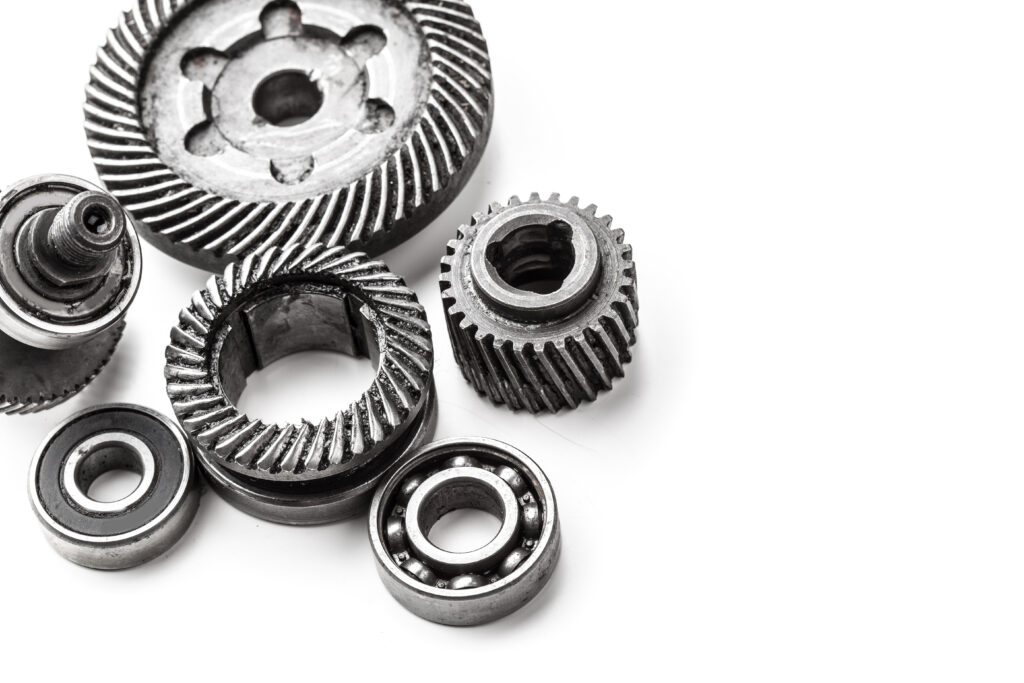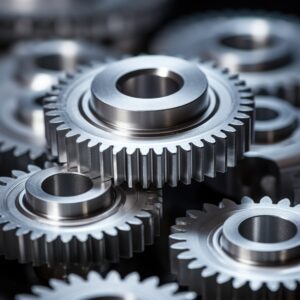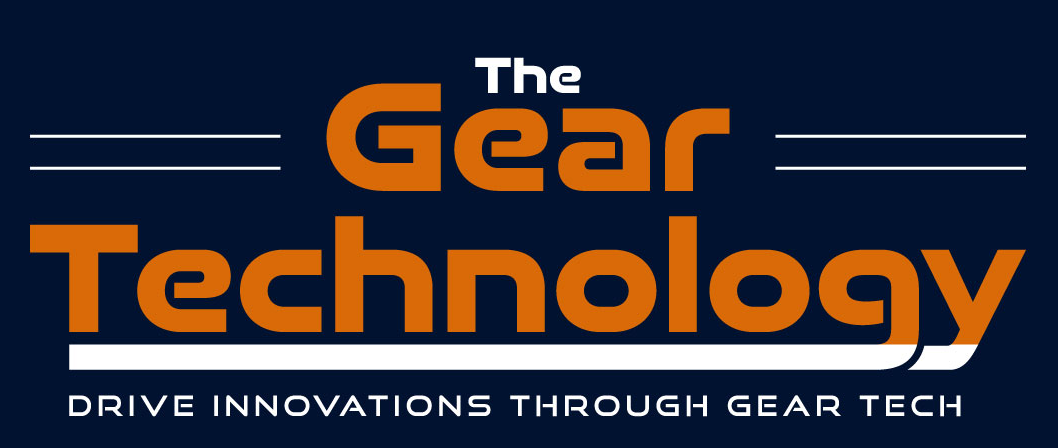Tackling Bearing & Gear Failures in Gearbox Systems
Solving Bearing & Gear Failures Through System Insights Unexplained bearing and gear element failures in gearbox systems continue to be a critical challenge in the mechanical and industrial sectors. These breakdowns often happen without obvious signs, leading to unplanned downtime, expensive repairs, and safety concerns. The solution lies in mastering gearbox system dynamics, understanding load […]

Solving Bearing & Gear Failures Through System Insights

Unexplained bearing and gear element failures in gearbox systems continue to be a critical challenge in the mechanical and industrial sectors. These breakdowns often happen without obvious signs, leading to unplanned downtime, expensive repairs, and safety concerns. The solution lies in mastering gearbox system dynamics, understanding load transmission paths, and analyzing the complex interplay between gears, shafts, and bearings. By combining advanced diagnostics with system modeling, failures can be anticipated and prevented effectively.
Root Causes of Bearing and Gear Element Failures
Failures are rarely due to a single cause. Instead, they result from a combination of mechanical, operational, and environmental stresses.
Image Courtesy: Freepik.com
- Misalignment – Even minor angular or parallel misalignments between gearbox shafts can create uneven load distribution on bearings and gear teeth. Over time, this results in concentrated stresses that accelerate pitting, spalling, and tooth breakage. Misalignment also increases friction and heat generation, reducing lubrication efficiency and leading to premature failure. Precision alignment checks during installation and periodic maintenance are crucial to mitigating this issue.
- Improper Lubrication – The wrong lubricant grade, incorrect viscosity, or insufficient lubrication intervals can lead to increased wear and contact fatigue. Inadequate lubrication results in metal-to-metal contact, raising the risk of micro-welding, scoring, and eventual seizure of components. A well-maintained lubrication schedule, coupled with regular oil quality testing, can extend the operational life of both bearings and gears significantly.
- Contamination – External contaminants such as dust, moisture, and chemical residues, as well as internal debris from wear particles, can severely damage bearings and gears. These particles act as abrasives, increasing surface wear, causing pitting, and degrading oil properties. Effective sealing systems, combined with oil filtration, are essential to keep contaminants at bay and maintain system reliability.
- Manufacturing Defects – Defects such as surface roughness variations, improper heat treatment, or metallurgical inconsistencies can become stress concentrators. These imperfections initiate cracks under load, leading to premature fatigue failure. Implementing strict quality control during manufacturing and supplier evaluation helps ensure only high-integrity components enter service.
- Resonance and Vibration Issues – Gearboxes naturally generate vibrations due to gear meshing, but excessive vibration or resonance can be destructive. Resonance amplifies vibration energy at certain frequencies, increasing load on bearings and gear teeth beyond their design limits. Advanced vibration monitoring and modal analysis can help identify and correct harmful resonance conditions before they damage components.
Condition Monitoring and Diagnostics
Proactive monitoring detects problems before they escalate, allowing for planned maintenance instead of emergency shutdowns.
- Vibration Analysis – This method tracks changes in vibration signatures over time. Sudden increases in specific frequency bands can indicate gear tooth cracks, bearing defects, or imbalance. Vibration trends help maintenance teams plan interventions before damage becomes irreversible, minimizing downtime and repair costs.
- Acoustic Emission Monitoring – High-frequency stress waves generated by crack formation or surface damage are detected using specialized sensors. This technique is sensitive enough to pick up defects at a very early stage, even before vibration changes become noticeable, making it invaluable for predictive maintenance strategies.
- Oil Debris Analysis – This involves collecting and analyzing oil samples for wear particles. The size, shape, and composition of debris can pinpoint the source of wear—whether it’s from gears, bearings, or other rotating elements. Combined with regular oil changes, this method helps extend component life and improve system efficiency.
- Thermography – Infrared thermal imaging detects temperature anomalies within a gearbox. Overheating can signal excessive friction, lubrication problems, or load imbalance. Identifying hot spots early allows for corrective action before heat-related damage occurs to components.
Root Cause Failure Analysis (RCFA)
When failures happen, determining why they occurred is essential to prevent them from happening again.
- Scanning Electron Microscopy (SEM) – SEM provides detailed images of fracture surfaces at high magnification. This allows engineers to identify fatigue striations, crack initiation points, and material defects that might not be visible under traditional microscopes. Such insights are critical for improving design and manufacturing processes.
- Metallurgical Examination – This involves testing the chemical composition and microstructure of failed components. It can reveal improper heat treatment, alloy inconsistencies, or inclusions that weaken the part. Correcting these flaws at the manufacturing stage can prevent future failures.
- Gear Tooth Contact Pattern Inspection – By applying marking compound to gear teeth and rotating the gearbox, engineers can observe how load is distributed across the tooth surface. Uneven patterns may point to misalignment, deflection, or manufacturing errors, allowing targeted corrective measures.
Dynamic Modeling and Simulation
Predictive engineering tools play a major role in avoiding gearbox problems.
- Finite Element Analysis (FEA) – FEA breaks down gearbox components into small elements to simulate stress, strain, and deformation under load. This helps identify weak points and predict failure locations before prototypes are built, reducing development costs and improving reliability.
- Multi-Body Dynamics (MBD) – MBD simulates how multiple moving parts interact under operational loads. It captures the influence of shaft flexibility, gear mesh stiffness, and bearing behavior, enabling engineers to design systems that avoid damaging resonances and optimize load distribution.
Design and Maintenance Optimization
- Enhanced Bearing and Gear Designs – Innovations in material science, such as using case-hardened steels or advanced surface coatings, can increase wear resistance. Design tweaks like optimized tooth geometry also improve load sharing, reducing localized stress and prolonging life.
- Lubrication System Upgrades – Automated lubrication systems deliver the right amount of oil or grease at the right time, eliminating the risk of human error. Such systems can be integrated with condition monitoring tools for even greater efficiency.
- Precision Alignment – Accurate alignment of shafts, gears, and bearings during installation minimizes mechanical stress. Laser alignment tools provide high precision, ensuring optimal performance and extending service intervals.
Operational Adjustments for Longevity
- Monitoring Operating Conditions – Continuously tracking speed, load, and temperature helps ensure the gearbox is operating within design limits. Deviations can be corrected immediately, avoiding long-term damage.
- Ensuring Thermal Stability – Overheating reduces lubricant viscosity and accelerates wear. Cooling systems, heat exchangers, or improved ventilation help maintain stable temperatures for peak efficiency.
- Load Management – Distributing workload evenly prevents certain components from wearing faster than others. This approach balances stress and maximizes the lifespan of the entire gearbox system.
Building a Reliable Gearbox System
Unexplained bearing and gear element failures are costly but preventable. By integrating condition monitoring, root cause analysis, and dynamic modeling, along with design and operational improvements, industries can significantly reduce failure rates. Understanding gearbox system dynamics enables predictive maintenance, enhances performance, and ensures long-term operational reliability.

